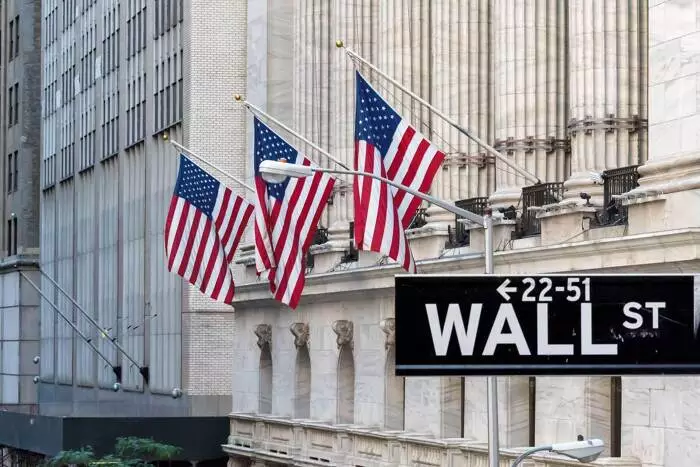In recent months, the labor market narrative has become increasingly complex. Initial claims for unemployment benefits have shown signs of softening, suggesting that companies are reluctant to lay off employees and are maintaining their workforce. However, a deeper look reveals a more nuanced reality: the persistent rise in continued claims signals that rehiring is slowing, and those who lose jobs are facing longer durations before they find new employment. This dissonance hints at underlying fragility in the labor market, where apparent stability masks latent vulnerabilities. The recent dip in unemployment to 4.1%, coupled with an uptick in non-farm payrolls mainly driven by government roles, offers a temporary relief but doesn’t fundamentally alter the longer-term trajectory. It appears that the current employment strength may be superficial, masking a slowing pace of economic recovery that could have far-reaching implications for households and policymakers alike.
Economic Contraction and Political Uncertainty Weigh on the UK
Across the Atlantic, the UK’s economic indicators paint a more troubling picture. The latest GDP figures reveal a contraction of 0.1% in May, defying optimistic expectations for a modest growth. This marks a second consecutive month of decline, signaling that the UK economy is struggling to regain momentum. For Chancellor Rachel Reeves, this is unwelcome news; it underscores the ongoing challenges in balancing fiscal policies amidst a fragile economic environment. The outlook is compounded by a somber report from the Office for Budget Responsibility, which forecasts a strained fiscal outlook and uncertain growth prospects. Political decisions, inflationary pressures, and global economic turbulence continue to cast shadows over the UK’s economic trajectory, putting additional pressure on policymakers to navigate these turbulent waters with both firmness and foresight.
Global Markets React to Mixed Data and Geopolitical Tensions
On the global stage, markets remain sensitive to economic data and geopolitical developments. European stocks opened lower, reflecting risk-off sentiment fueled by economic contraction and uncertain policy outlooks. The European indices, like DAX 40 and STOXX Europe 600, fell modestly, while U.S. futures also traded on the back foot, indicating investor caution. Yet, amidst this cautious stance, U.S. equity markets showcased resilience, with the S&P 500 approaching record highs, buoyed by strong performances from technology giants like Nvidia. The tech sector’s momentum underscores the sector’s pivotal role in the broader market narrative, providing a glimmer of optimism amid economic headwinds.
Meanwhile, fixed income markets reveal a cautious stance as US Treasury yields flatten, signaling investor prudence and a potential pause in aggressive bond selling. The robust auction results for long-term bonds suggest continued demand, yet the yields’ behavior could indicate concerns about inflation and future growth. The U.S. dollar’s slight uptick reflects ongoing global uncertainties, but technical and political headwinds hint that further dollar strength may be limited unless conditions shift decisively.
Geopolitical and Policy Risks: The Shadow of Tariffs and Monetary Policy Shifts
One of the most significant undercurrents influencing markets today is the potential implementation of tariffs proposed by former President Trump. If these tariffs materialize, they could obstruct global supply chains and impede economic growth worldwide. The threat is still somewhat speculative, but market participants are wary of the ripple effects that trade tensions could induce, notably a slowdown in demand for the USD and other risk assets.
Simultaneously, the prospects for dovish monetary policy are gaining prominence. The anticipation of potential rate cuts by the Federal Reserve, especially if inflationary pressures are eased through geopolitical negotiations or trade agreements, could weaken the dollar and alter capital flows. The expected influence of a more dovish Fed Chair further complicates the landscape, raising the possibility of shifts in monetary policy that could either support or undermine the current market dynamics.
In this landscape of uncertainty, investors are advised to adopt a flexible, resilient stance. Markets are navigating a delicate balance, where geopolitical risks, economic data, and policy signals intertwine, creating opportunities for those prepared to adapt swiftly. The current environment demands vigilance and strategic foresight, emphasizing the importance of navigating volatility with conviction and resilience.

